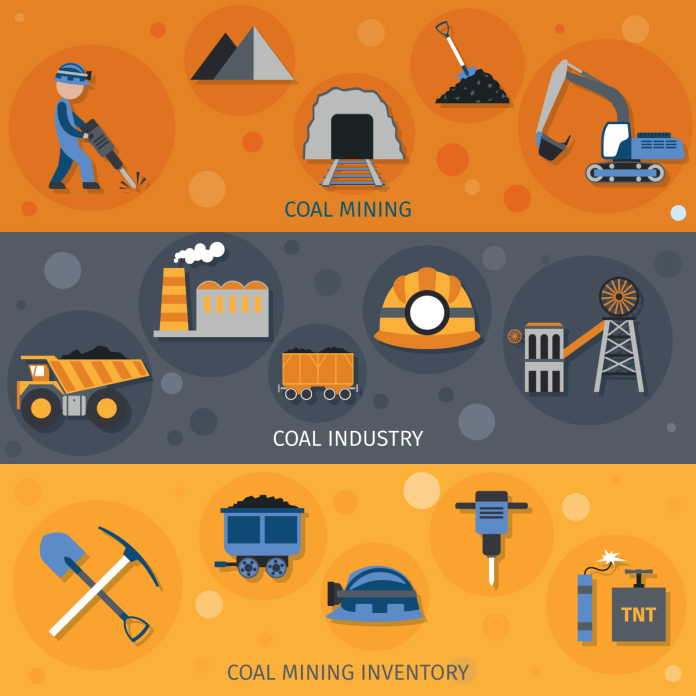India’s mining industry, while deeply rooted in domestic resource extraction, is anything but insulated from global forces. Commodity markets are inherently volatile—driven by macroeconomic conditions, geopolitical events, and shifts in global demand.
For Indian miners, fluctuations in the prices of coal, iron ore, copper, and rare earths can significantly affect profitability, investment cycles, and operational planning.
Understanding and navigating this volatility has become a central concern for mining companies across the country. Organizations like FIMI (Federation of Indian Mineral Industries) and the CII Mining & Metals Committee are playing a critical role in equipping the industry to adapt—and even thrive—in this unpredictable global environment.
How Global Markets Influence Indian Mines
Global commodity prices are influenced by a mix of demand-supply dynamics, currency fluctuations, and political stability. When demand surges—such as during post-COVID infrastructure booms in China or stimulus spending in the West—prices spike. Conversely, downturns in global manufacturing or trade tensions often cause steep price drops.
Indian mining firms, particularly those exporting iron ore, bauxite, and manganese, face both windfall opportunities and sudden slumps depending on these shifts. A global price crash, for example, can make exports unviable, leading to production cuts and layoffs. Conversely, during price surges, miners must scale up quickly—without compromising environmental or safety standards.
Challenges Faced by Indian Miners During Price Swings
One of the major challenges is the cost structure of Indian mining operations. Compared to countries like Australia or Brazil, Indian miners often face higher costs due to bureaucratic delays, fragmented logistics, and compliance hurdles.
Volatility also makes long-term investment planning difficult. When prices are high, there’s pressure to expand rapidly. But with no certainty on how long the cycle will last, such investments carry risk. For junior miners and small operators, the volatility can be even more dangerous—disrupting cash flow and straining debt servicing.
Moreover, regulatory decisions such as changes in export duties or royalty revisions can either cushion or amplify the impact of global price changes.
The Role of FIMI and CII: Strategic Support in Uncertain Times
To help the sector weather these fluctuations, FIMI provides timely market intelligence, price trend analysis, and policy advocacy. It engages with government ministries to lobby for responsive measures—such as temporary export tax relaxations or easier financing options—when global prices collapse.
The CII Mining & Metals Committee, on the other hand, facilitates strategic planning workshops, brings in global experts for forecasting sessions, and promotes hedging mechanisms that allow mining companies to lock in prices ahead of time.
Both organizations also play a key role in stabilizing investor sentiment, encouraging long-term capital to stay invested despite short-term market noise.
Turning Crisis Into Opportunity
While price volatility poses clear risks, it also presents opportunities—especially for well-prepared companies. Firms that invest in agile operations, cost optimization, and scenario planning can use price surges to improve margins and reinvest in sustainable growth.
Some Indian miners are diversifying their product portfolios to reduce dependence on a single commodity. Others are exploring value-added mineral processing (e.g., aluminum from bauxite) to retain more value domestically, even when raw material prices fluctuate.
Conclusion
Global commodity prices will continue to ebb and flow—that’s the nature of resource markets. But India’s mining industry doesn’t have to be at the mercy of these tides. With smarter planning, government collaboration, and industry support from FIMI and CII, miners can develop the resilience, agility, and insight needed to turn volatility into opportunity.
Whether it’s stabilizing revenues, planning new investments, or entering new export markets, the future belongs to those who adapt—not just to price, but to possibility.
Frequently Asked Questions (FAQs)
1. How do global commodity prices directly affect Indian mining operations?
Global prices determine export viability, impact operational margins, and influence investment cycles. A price drop may lead to reduced production or even mine closures, while a surge can boost revenue but requires quick scalability.
2. Which commodities are most impacted by global market trends in India?
Iron ore, coal, bauxite, copper, and rare earth elements are highly sensitive to international pricing due to their demand in global infrastructure and manufacturing sectors.
3. What strategies can mining companies use to mitigate commodity price volatility?
Companies can diversify products, use price hedging, optimize operational costs, and invest in technology for more agile production. Collaborating with industry bodies like FIMI for market intelligence also helps.
4. How do FIMI and CII support miners during global downturns?
FIMI lobbies for responsive policy support, while CII facilitates expert insights, forecasting models, and knowledge-sharing platforms to help companies navigate turbulent markets.
5. Is India looking to become less dependent on global markets for its mining sector?
Yes. Through mineral value addition, domestic processing, and strategic stockpiling of critical minerals, India is working toward a more self-reliant and stable mining economy.












